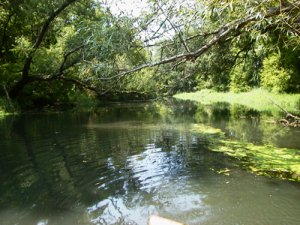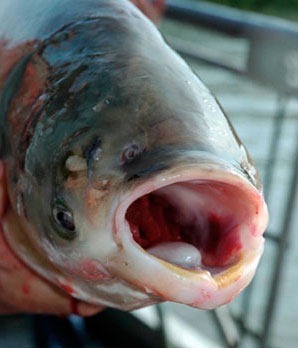Endocrine disruptors found in 11 Minnesota lakes
0Endocrine disruptors have been of growing concern in recent years because of the profound effect they can have on aquatic life. These chemicals have been found for years in major river systems, such as the Mississippi River, but a recent study has found signs of harmful endocrine-disrupting compounds in 11 Minnesota inland lakes as well.
“It was surprising that we found these compounds in as many places as we did,” said Richard Kiesling, a water quality specialist for the U.S. Geological Survey, in an interview with the St. Paul Pioneer Press. The USGS collaborated with St. Cloud State University and the Minnesota Pollution Control Agency on the lake study.
Researchers examined fish in 11 lakes spread across the state and in a variety of watersheds. They found that, in many of the lakes, male fish were carrying elevated levels of an egg yolk protein that is normally only produced by female fish. Males were more likely to exhibit above-normal levels of this protein in lakes that are surrounded by urban and agricultural land than in less populated areas.
Caged minnows were also released into the lakes for 21 days, and they showed signs of feminization as well.
Kiesling said that endocrine-disrupting chemicals enter the watershed primarily through wastewater effluent, where sources include birth-control pills, acetaminophen, cleaning products, and DEET. However, of the lakes sampled across the state, none of them had wastewater discharged directly into them.
It’s likely, Kiesling said, that the chemicals entered the lake through runoff from agricultural land and septic systems.
Endocrine disruptors tend to pose the greatest risk to offspring in the prenatal and early postnatal stage while they are still developing. As they grow, affected fish can begin to exhibit reproductive, behavioral, immune system, and neurological abnormalities. To learn more about these contaminants, see the U.S. Fish & Wildlife Service’s resource page on them.
Minnesota lake fish affected by synthetic chemicals, study finds [St. Paul Pioneer Press] Endocrine (Hormone) Disruptors [U.S. Fish & Wildlife Service]












